Sustainable forest management stands as a critical bridge between human needs and environmental preservation, particularly in Ontario’s vast woodland ecosystems. Through careful planning and scientific monitoring, modern forestry practices ensure our forests continue to thrive while providing essential resources and recreational opportunities for generations to come.
Today’s forest managers employ sophisticated techniques, from selective harvesting that mimics natural disturbance patterns to advanced GPS mapping that tracks forest health in real-time. These practices maintain biodiversity, protect wildlife habitats, and ensure the forest’s ability to capture carbon, while still meeting society’s demand for wood products and outdoor recreation.
The success of sustainable forest management relies on a delicate balance of ecological knowledge, community involvement, and adaptive management strategies. By understanding and supporting these practices, visitors and residents alike play a crucial role in preserving Ontario’s forest heritage, ensuring these vital ecosystems remain resilient and productive for future generations to enjoy and benefit from.
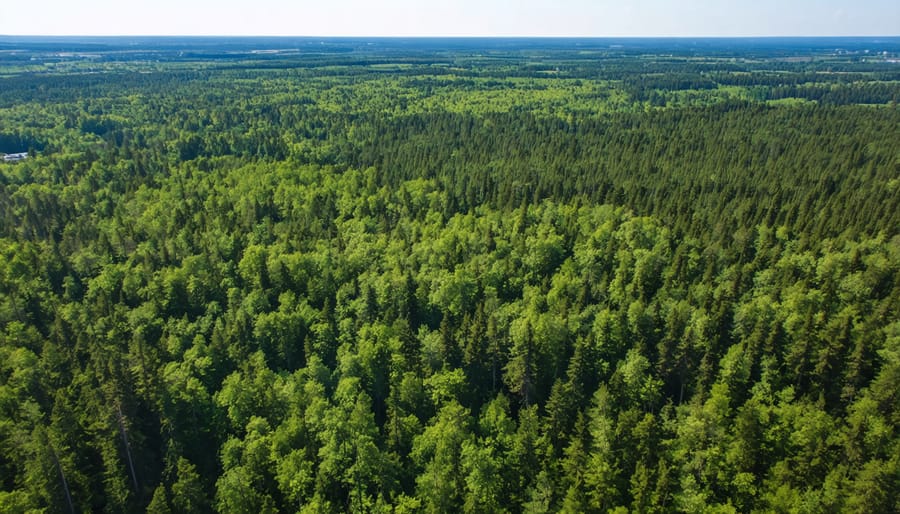
The Living Forest: Understanding Ontario’s Park Ecosystems
Native Species That Make Our Parks Special
Ontario’s parks are home to some truly magnificent native trees that tell the story of our natural heritage. The mighty Eastern White Pine, our provincial tree, towers above the forest canopy and provides essential habitat for eagles and osprey. These majestic giants can live for over 200 years, serving as living landmarks in our parks.
Sugar Maples paint our forests with brilliant reds and oranges each fall, while also playing a crucial role in our ecosystem by providing food for wildlife and maintaining soil health. The hardy Yellow Birch, with its distinctive golden-bronze bark, thrives in our northern parks and helps prevent erosion on steep slopes.
Keep an eye out for the American Beech, whose smooth grey bark and nutritious nuts make it a favorite among black bears and squirrels. In wetland areas, the adaptable Eastern White Cedar creates dense stands that shelter deer during harsh winters and help maintain water quality.
These native species aren’t just beautiful – they’re the backbone of our park ecosystems, supporting countless wildlife species and maintaining the natural balance we all cherish.
How Forests Support Wildlife and Recreation
Ontario’s forests serve as vital ecosystems that support an incredible diversity of wildlife while offering countless recreational opportunities for nature enthusiasts. Through careful wildlife habitat conservation, these woodlands provide essential shelter, food sources, and breeding grounds for species like white-tailed deer, black bears, and countless bird species.
Visitors can enjoy these natural wonders through activities like hiking, bird watching, and wildlife photography. Well-maintained trail systems allow outdoor enthusiasts to explore while minimizing their impact on sensitive habitat areas. During spring and fall migrations, these forests become natural amphitheaters for bird watchers, while summer brings opportunities for camping beneath towering canopies.
The forest’s multi-layered structure, from forest floor to canopy, creates diverse recreational experiences while supporting different wildlife communities. By maintaining healthy forests, we ensure these spaces continue to provide both crucial wildlife habitat and enriching outdoor experiences for generations to come.
Smart Forest Management in Action
Controlled Burns: Nature’s Reset Button
Ever wonder why you sometimes see smoke rising from Ontario’s forests during the off-season? Those aren’t wildfires – they’re actually carefully planned controlled burns that help keep our forests healthy and thriving. It’s nature’s way of hitting the reset button!
Just like Indigenous peoples have known for generations, fire plays a vital role in forest ecology. Our park rangers work with fire management experts to conduct these burns during specific weather conditions, typically in early spring or late fall. These controlled fires clear out dead vegetation, reduce the risk of dangerous wildfires, and create perfect conditions for new growth.
Think of it as spring cleaning for the forest! The burns eliminate invasive species and dense undergrowth that can choke out native plants. When you visit areas that have experienced controlled burns, you might notice an abundance of wildflowers and young trees sprouting up – that’s because many Ontario plant species actually need fire to release their seeds or create ideal growing conditions.
Next time you’re hiking through a recently burned area, look for signs of renewal: blackened tree trunks surrounded by fresh green shoots, patches of colorful wildflowers, and increased wildlife activity. These are all positive indicators that the controlled burn is doing its job, helping maintain the delicate balance of our forest ecosystems for future generations to enjoy.
Remember, if you see signs warning about prescribed burns in certain areas, be sure to respect any temporary trail closures – it’s all part of keeping our forests healthy!
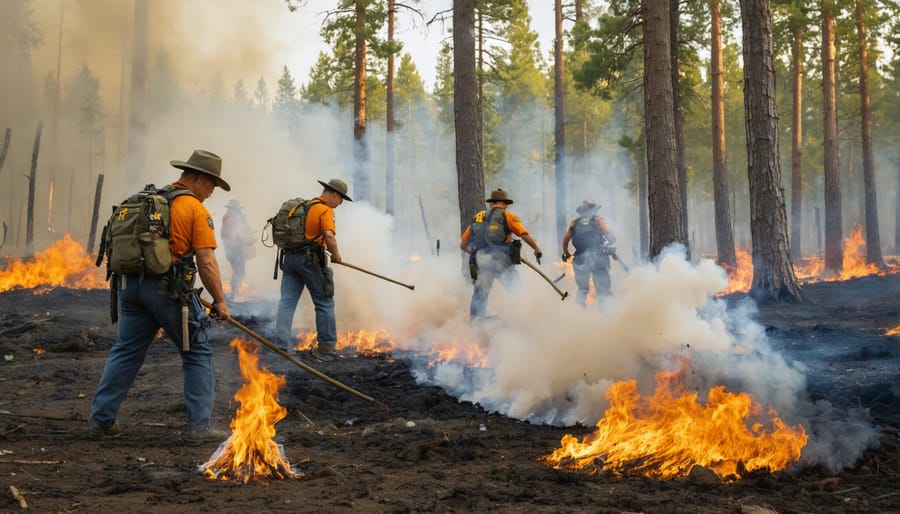
Tree Planting and Forest Renewal
Every spring and fall, Ontario’s forests come alive with the sound of shovels hitting soil as dedicated teams work tirelessly to plant new trees. It’s a heartwarming sight to see young saplings taking root where mature trees once stood, ensuring our forests continue to thrive for generations to come.
Our forest renewal program focuses on both natural regeneration and strategic planting initiatives. After careful harvesting, many areas are left to regenerate naturally, allowing native species to reclaim the space through their own seed dispersal. In other areas, we actively plant a diverse mix of native trees, carefully chosen to match local soil conditions and climate patterns.
Did you know that Ontario plants approximately 73 million trees each year? That’s roughly five trees for every person in the province! These plantings help maintain biodiversity, support wildlife habitats, and ensure our forests remain healthy and resilient.
Want to get involved? Many parks offer volunteer tree planting events where you can literally leave your mark on Ontario’s landscape. These family-friendly activities are perfect for teaching kids about forest conservation while making a real difference. Just remember to check with your local park office for upcoming events – spring is usually the busiest planting season.
Pro tip: If you’re visiting during a planting season, pack some work gloves and sturdy shoes. You might just get the chance to plant a tree that will grow tall and strong for the next hundred years!
What Campers Can Do to Help
Campfire Safety and Wood Collection Rules
When gathering firewood in Ontario’s parks, remember the golden rule: collect only dead and fallen wood from the ground – never cut or break branches from living trees. This practice supports sustainable camping practices and helps preserve our forest ecosystems.
Keep your campfire small and contained within designated fire pits. A good rule of thumb is to keep the flames lower than your knees. Before starting your fire, ensure you have enough water nearby to completely extinguish it. Only collect wood from within your immediate camping area, and never transport firewood from other regions to prevent the spread of invasive species and diseases.
When it’s time to put out your fire, drench it thoroughly with water and stir the ashes until they’re cold to the touch. Remember the saying: “If it’s too hot to touch, it’s too hot to leave.” A properly extinguished fire should be cool enough to touch with your bare hand. Always check local fire regulations before your visit, as fire bans may be in effect during dry periods.
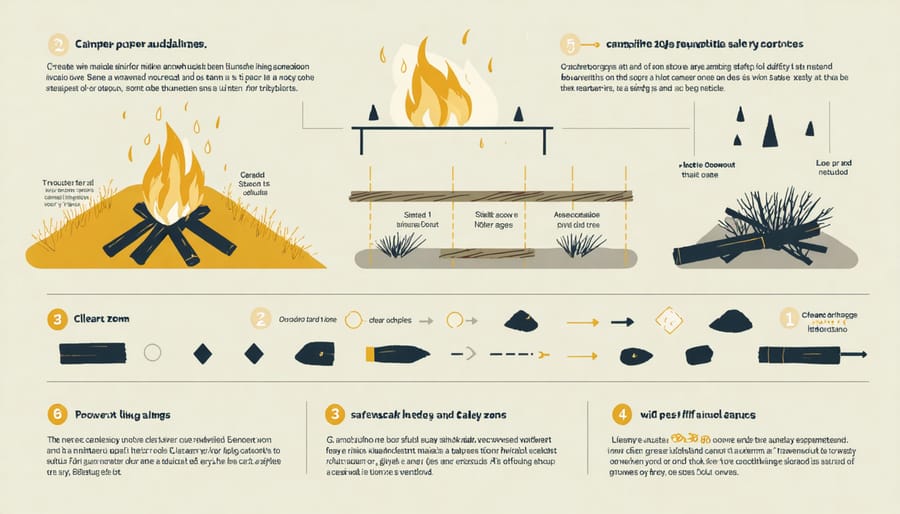
Trail Use and Wildlife Protection
When exploring Ontario’s beautiful forests, remember that you’re sharing the trails with countless wildlife species. Stick to marked paths and avoid wandering off-trail, which can damage sensitive vegetation and disturb animal habitats. Keep your distance from any wildlife you encounter – a good rule of thumb is to stay far enough away that animals don’t change their behavior because of your presence.
If you’re hiking at dawn or dusk, be especially alert as these are prime times for animal activity. Make some noise while walking to avoid startling wildlife – casual conversation or occasional clapping works well. This gives animals time to move away naturally, reducing stressful encounters for both you and them.
Pack out what you pack in, and never feed wild animals. Even seemingly harmless food scraps can alter wildlife behavior and create dangerous dependencies. Consider bringing a small bag to collect any litter you spot along the way – it’s a simple way to help preserve the natural environment.
For photographers and nature enthusiasts, bring binoculars instead of trying to get too close for that perfect shot. This allows you to observe wildlife in their natural state while maintaining a safe and respectful distance.
Seeing Forest Management in Action: Best Trails and Viewpoints
Want to see sustainable forest management in action? Ontario’s parks and forests offer some fantastic viewing opportunities where you can witness the positive impact of careful stewardship firsthand.
The Algonquin Logging Museum Trail near the East Gate is a must-visit spot. This easy 1.3-kilometer loop takes you through both historically managed areas and modern sustainable practices. Look for the interpretive signs explaining how selective harvesting helps maintain forest health while preserving wildlife corridors.
In Haliburton Forest, the Canopy Tour offers a unique perspective from 20 meters above the ground. From this vantage point, you’ll clearly see the mosaic pattern of different-aged forest stands – a hallmark of successful forest management.
The Red Oak Trail in Dundas Valley Conservation Area showcases excellent examples of controlled burns and invasive species management. Visit in spring to see the remarkable regeneration of native plants and wildflowers.
For a more immersive experience, head to the Ganaraska Forest Centre. Their demonstration forest features various management techniques side by side, making it easy to compare different approaches and their outcomes. The viewing platforms along the Oak Ridges Trail provide perfect spots to observe these practices.
Insider tip: Visit these locations during different seasons to see how managed forests change throughout the year. Early morning or late afternoon offers the best lighting for spotting wildlife and taking photos. Don’t forget to bring binoculars – they’re great for spotting woodpeckers and other birds that help maintain forest health.
Remember to stay on marked trails and follow posted guidelines to help preserve these carefully managed environments for future generations.
As we’ve explored throughout this article, sustainable forest management isn’t just about preserving trees – it’s about protecting entire ecosystems and ensuring future generations can enjoy Ontario’s magnificent parks. By following responsible practices and working together, we can maintain the delicate balance between recreation and conservation.
Remember, every visitor plays a crucial role in forest preservation. Simple actions like staying on marked trails, properly disposing of waste, and respecting wildlife make a significant difference. When we camp, hike, or explore responsibly, we become stewards of these precious natural spaces.
Ontario Parks’ commitment to sustainable forest management has shown remarkable success in maintaining biodiversity, supporting local communities, and providing unforgettable outdoor experiences. As visitors, let’s continue this legacy by treating our forests with respect and care.
Next time you visit an Ontario park, take a moment to appreciate the careful planning and dedicated work that keeps these forests healthy and vibrant. After all, these magnificent landscapes belong to all of us, and it’s our shared responsibility to protect them for years to come.

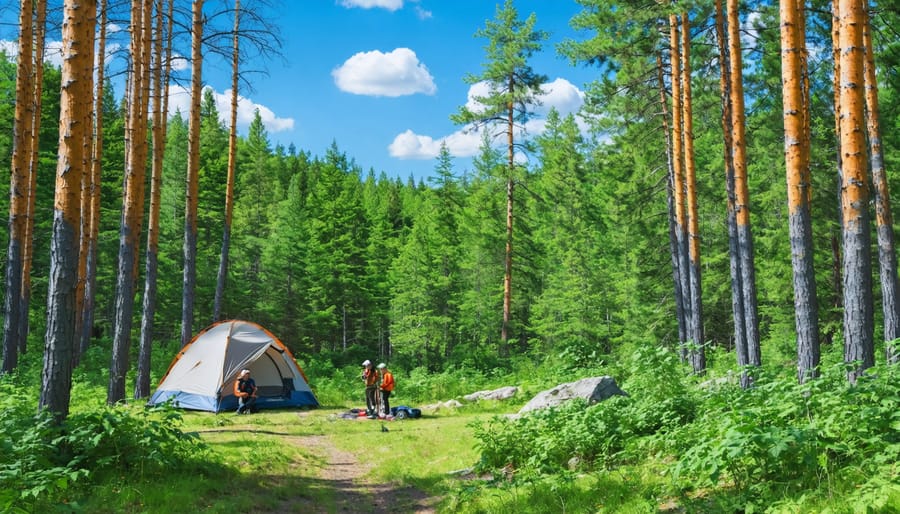




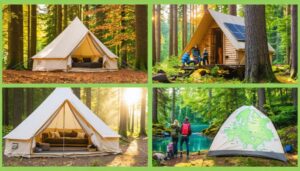
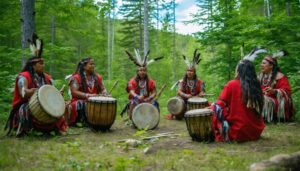

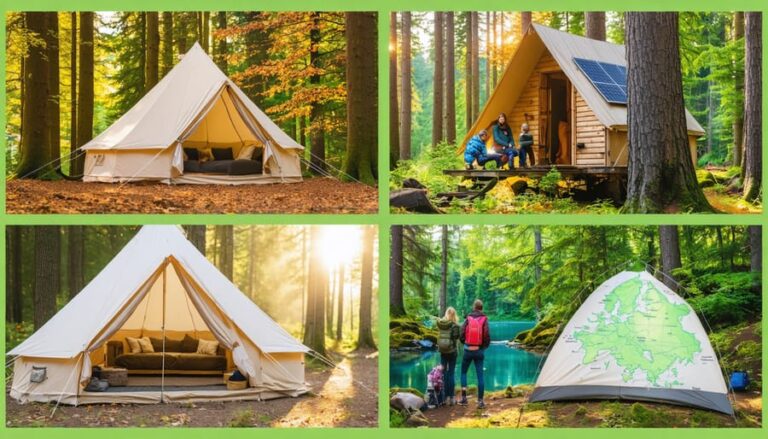
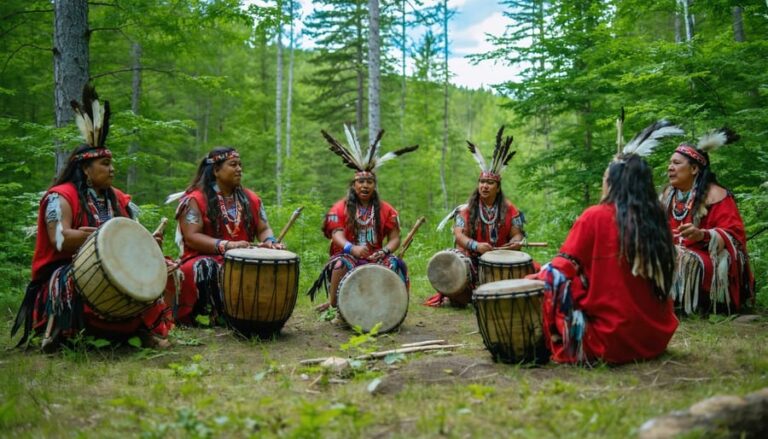
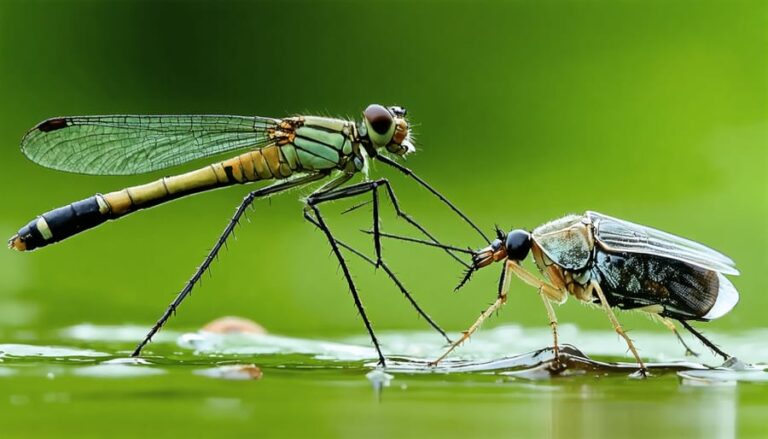


+ There are no comments
Add yours